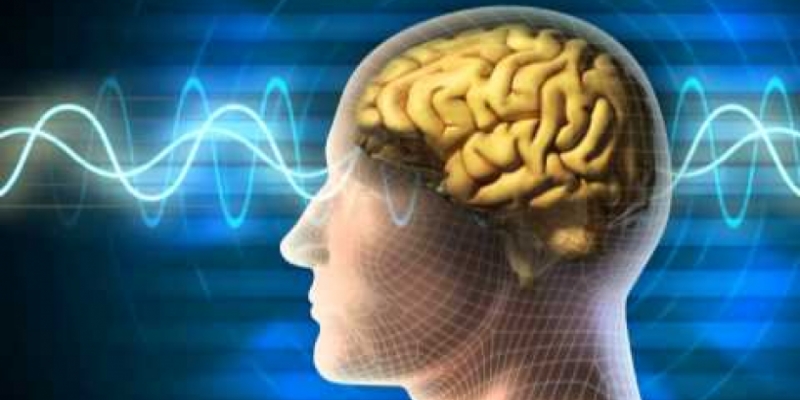From experience,we know that certain kinds of music do not only alter our mood, but also evoke memories. While our frontal and temporal lobes activate first when we hear music play, the regions of the brain that light up under an MRI (magnetic resonance imaging) scan are not just limited to the right hemisphere, which is commonly thought of as the center for creativity.
Several parts of the brain work to process music, depending on the genre of music, of whether the listener is familiar with it or not (and by extension, whether the listener likes the music or not), or whether the music has lyrics or none. Music with lyrics get treated by Broca's and Wernicke's areas, parts of the brain that process language.
Some songs, even instrumental ones, can also activate the brain's visual cortex in an attempt to create a visual image resulting from changes in pitch and tone. Music you have heard from your childhood lights up the medial prefrontal cortex, the brain region responsible for retrieving remote long-term memory. This is why patients with Alzheimers disease may react to songs of long ago even though they don't remember what they did the other day. Because of musics role in evoking memories, it may soon be used for therapy to help patients with Alzheimers disease.
As with any sound, music causes vibration in the air that is not just heard but also felt,triggering neurons in the motor cortex, part of the cerebral cortex that controls voluntary body movements. When you hear a danceable tune, you don't think whether to dance to it. You just do.
These are the parts of the brain that work when passively listening to music. How about when one is actively making music?
Researchers from the Department of Neurology of Beth Israel Deaconess Medical Center and Harvard Medical School hypothesize that the gray matter volume in motor,auditory and visual-spatial brain regions among professional musicians is bigger than those of amateur musicians and non-musicians.
This difference in gray matter volume could be attributed to innate predisposition,but researchers suggest, with a wealth of supporting human and animal data,that the structural changes in the brain are likely the result of long-term acquisition of skills and regular practice of those skills.
References:
http://journals.plos.org/plosone/article?id=10.1371/journal.pone.0027241
http://dujs.dartmouth.edu/2009/11/music-in-the-brain-the-mysterious-power-of-music/#.WMAsX1V97IV
http://www.jneurosci.org/content/23/27/9240


Live Music Tutor E-News!
Stay informed of what's happening in the world of music education by subscribing to the Live Music Tutor e-newsletter.